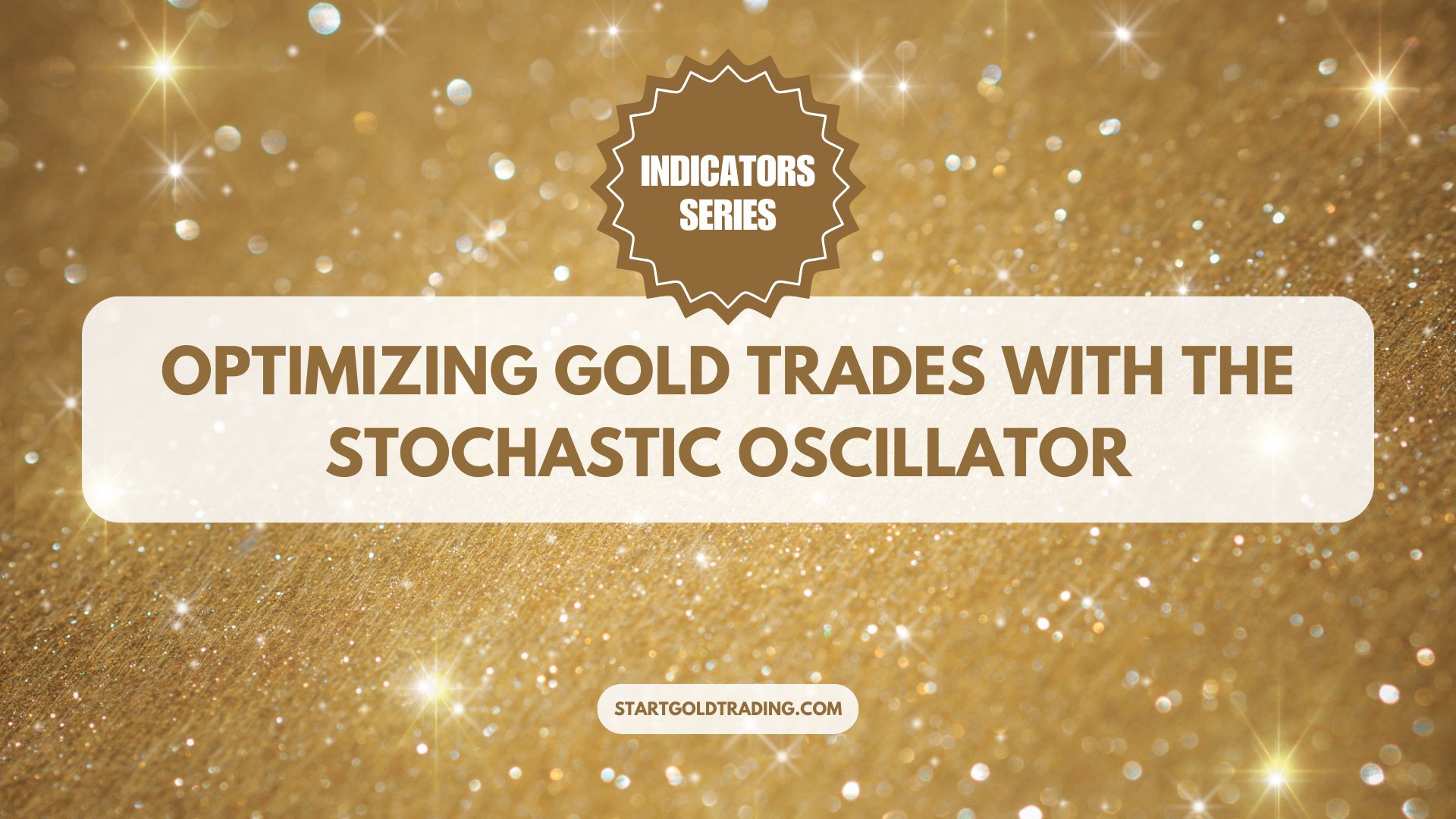Introduction to Stochastic Oscillator
The Stochastic Oscillator is a momentum indicator that compares a particular closing price of an asset to a range of its prices over a certain period. Developed by George Lane in the 1950s, the oscillator is displayed as two lines. The main line, called %K, reflects the current market rate for the commodity. The second line, %D, is a moving average of %K. The value of the Stochastic Oscillator is given in a range of 0 to 100, which helps traders identify potential reversal points in the market by signaling overbought and oversold conditions.
Relevance to Gold Trading
Gold trading can significantly benefit from the use of the Stochastic Oscillator, especially due to the metal’s price volatility and liquidity. The indicator is particularly useful in identifying the potential turning points in gold prices by comparing the closing price to the price range over a specific period. This is crucial in gold trading, where timing the market for entry and exit points can dramatically impact profitability.
Execution Strategies
To effectively use the Stochastic Oscillator in gold trading, consider the following approaches:
- Setting the Oscillator: Typically, the Stochastic Oscillator settings for gold trading are 14,3,3 – representing the look-back period, %K slowing, and %D period respectively. These parameters can be adjusted based on the trader’s analysis period and strategy.
- Interpreting Overbought and Oversold Levels:
- Overbought Condition: When the Stochastic lines rise above 80, the market is considered overbought. Traders might see this as a signal to prepare for a potential selling opportunity, anticipating a price reversal.
- Oversold Condition: Conversely, when the Stochastic lines fall below 20, the market is considered oversold. This condition suggests a buying opportunity, anticipating an upward price movement.
- Using Stochastic Crossovers:
- A bullish signal is typically indicated when the %K line crosses above the %D line in the oversold area (below 20).
- A bearish signal is suggested when the %K line crosses below the %D line in the overbought area (above 80).
Pros and Cons
Pros:
- Sensitivity: The Stochastic Oscillator is highly sensitive to price movements, making it useful in volatile markets like gold.
- Predictive Power: It can forecast trend reversals by identifying momentum shifts before they happen.
Cons:
- False Signals: In strong trending markets, the Stochastic Oscillator can produce false signals, suggesting reversals that might not occur.
- Lagging Nature: Being based on historical prices, there’s an inherent lag in the signals, which may lead to delayed entries or exits.
Mitigating False Signals
To reduce the risk of false signals:
- Combine the Stochastic Oscillator with other types of analysis or indicators, such as moving averages or MACD, to confirm the signals.
- Apply a filter to the signals, such as only taking those that occur after an RSI indicates a similar overbought or oversold condition.
Conclusion
The Stochastic Oscillator is a powerful tool for traders looking to optimize their gold trading strategies. It provides crucial insights into potential market reversals and can help fine-tune entry and exit points. However, like all indicators, it is most effective when used as part of a comprehensive trading strategy that includes multiple types of market analysis and risk management techniques. By understanding its strengths and limitations, traders can better leverage the Stochastic Oscillator to enhance their trading outcomes in the gold market.

